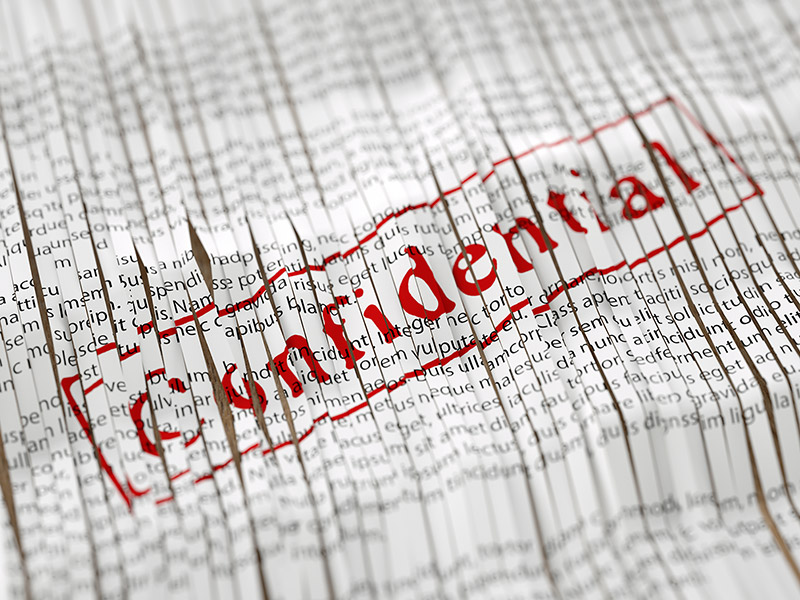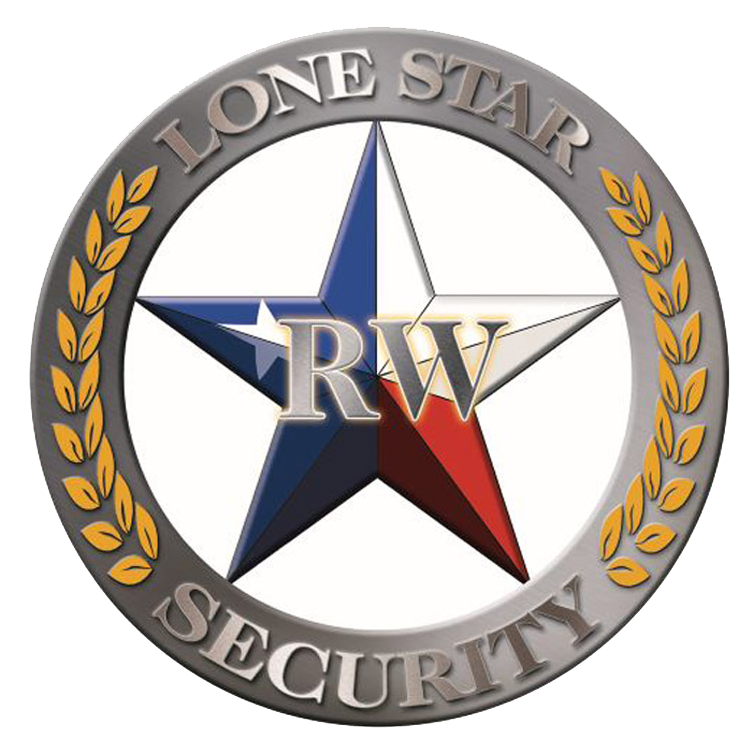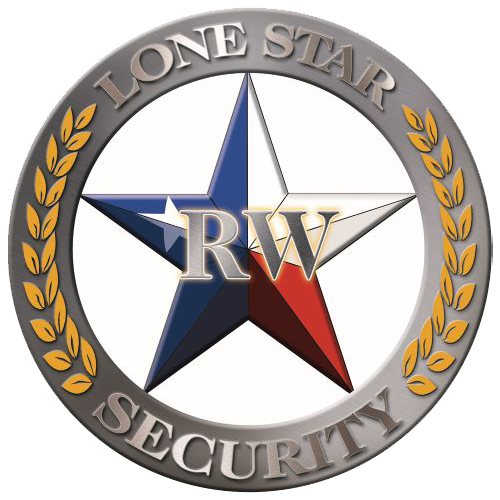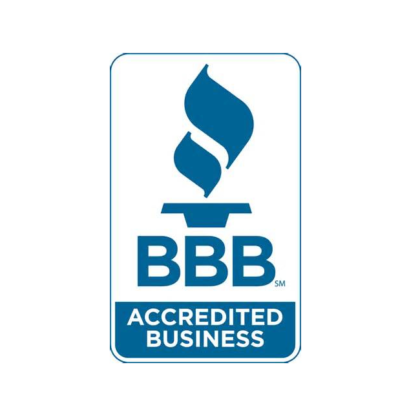In today’s fast-paced digital landscape, safeguarding confidential information is more crucial than ever. As a business owner or professional, you understand the paramount importance of protecting your data from unauthorized access. Additionally, you’re likely seeking ways to enhance efficiency and sustainability within your operations. This article will guide you on how your business can protect confidential information and save energy simultaneously.
In this article, discover practical strategies to fortify your data security measures while adopting energy-saving practices.
A detailed explanation of the measures you can take to achieve this delicate balance between safeguarding sensitive information and optimizing energy consumption is essential. Let’s delve into the intricacies of how your business can seamlessly integrate these two critical aspects.
Implement Robust Data Security Protocols
Securing your data begins with implementing robust protocols. Start by investing in on-going document shredding services to ensure that sensitive information is thoroughly destroyed when it’s no longer needed. Regular and secure disposal of documents minimizes the risk of data breaches.
Hard Drive Destruction: In an increasingly digital world, protecting confidential information extends beyond paper documents. Ensure the complete destruction of old hard drives that may contain sensitive data. This step is pivotal in preventing data retrieval attempts by malicious actors.
Embrace Sustainable Data Practices
To align with the goal of saving energy, consider adopting sustainable data practices within your organization. Implementing energy-efficient technologies and optimizing your IT infrastructure can significantly contribute to both cost savings and environmental responsibility.
Saving Energy: Evaluate and upgrade your technology infrastructure to energy-efficient alternatives. Modern servers and devices are designed with energy-saving features that not only benefit the environment but also contribute to long-term cost reduction.
Employee Training and Awareness
An often overlooked aspect of data security is the human element. Educate your employees about the importance of maintaining confidentiality and the role they play in the overall security of the organization. Conduct regular training sessions to keep them informed about the latest security threats and best practices.
Protect Your Data: Employees are the first line of defense against potential security threats. Train them to recognize phishing attempts, use secure passwords, and follow proper data handling procedures. This proactive approach significantly reduces the risk of data breaches.
Implementing a Secure Document Management System
Investing in a secure document management system is instrumental in protecting confidential information. Such systems not only facilitate efficient document storage and retrieval but also provide advanced security features to control access and monitor document activities.
One-Time Document Shredding: For sensitive documents that are no longer needed, opt for one-time document shredding services. This ensures secure and complete destruction, reducing the chances of unauthorized access to sensitive information.


Optimize Energy Consumption in Office Operations
Beyond data security, there are numerous opportunities to optimize energy consumption in your daily operations. Implementing energy-efficient lighting, heating, and cooling systems, as well as adopting eco-friendly office practices, can contribute to a more sustainable and cost-effective business environment.
On-Going Document Shredding: Make document shredding a routine practice in your office to maintain a clutter-free and organized workspace. This not only enhances data security but also contributes to a more streamlined and energy-efficient work environment.
Assessing Data Security Effectiveness
Understanding the effectiveness of your data security measures is crucial for maintaining a robust defense against potential threats. Regular assessments, penetration testing, and vulnerability scanning are essential components of a comprehensive security strategy.
Choosing an Energy-Efficient Document Management System
Selecting the right document management system involves evaluating its features, security capabilities, and energy efficiency. Look for systems that prioritize sustainability and offer tools to help your business minimize its environmental impact.
Related Questions You May Have
Ensuring the effectiveness of your data security measures requires regular audits and assessments. Conduct thorough reviews of your security protocols, including document shredding processes and digital security measures. Engage with cybersecurity professionals to identify potential vulnerabilities and implement necessary improvements.
When selecting a document management system, prioritize features such as access controls, encryption, and audit trails. Ensure that the system aligns with industry standards for data security. Additionally, inquire about the system’s energy efficiency features and its compatibility with your organization’s sustainability goals.
Building a strong culture of data security starts with effective communication and ongoing training. Clearly communicate the importance of data security to all employees and provide regular training sessions on security best practices. Encourage a proactive approach by rewarding employees for adhering to security protocols and reporting potential threats.






